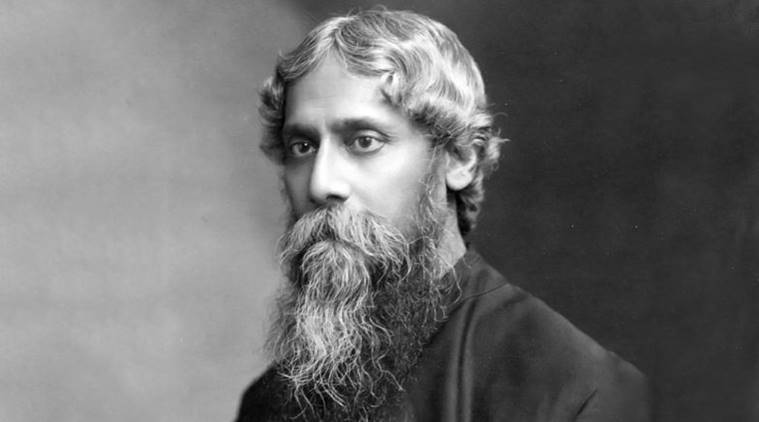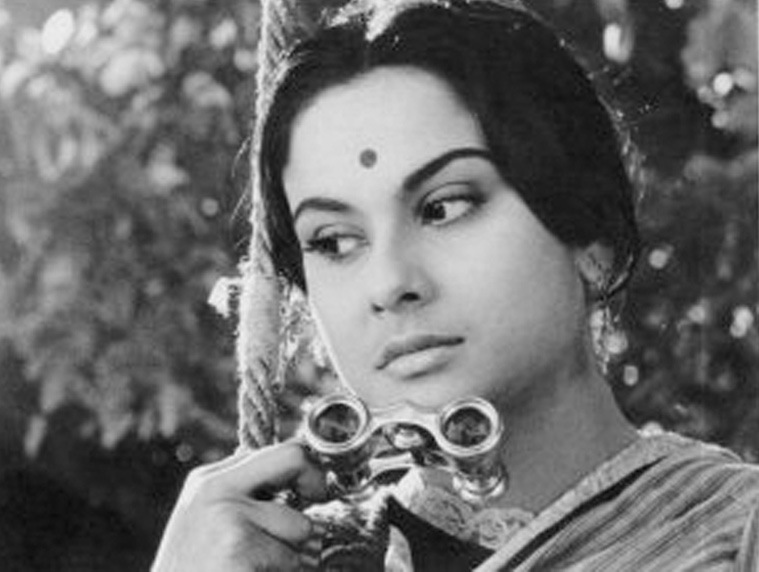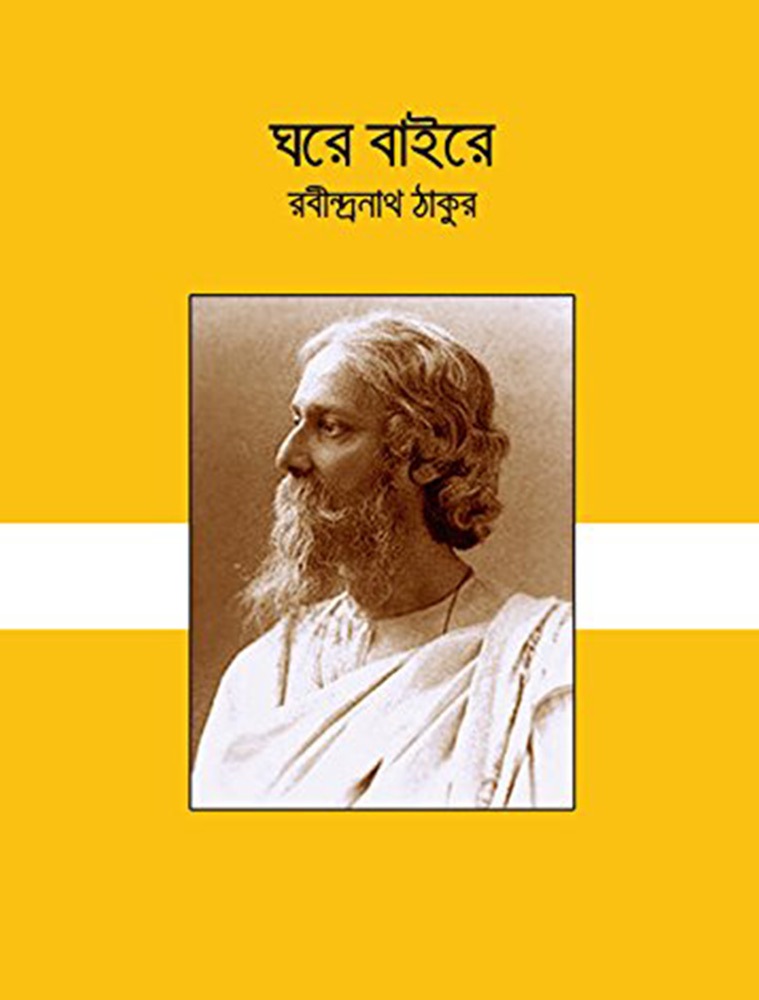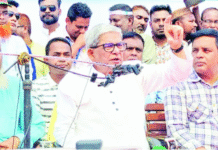Rabindranath Tagore Jayanti: Works by the legend which are relevant in modern-day India
Although no list can justify what Rabindranath Tagore had written, here are some of his works one can revisit as we celebrate his birth anniversary. They have gained relevance over the years.

Born on May 7, 1861, Rabindranath Tagore is one of the most celebrated literary figures. The author, poet, painter, and dramatist has contributed immensely to the Bengali canon and his work, expansive as they are, remain relevant even today. The Nobel Laureate passed away on August 7, 1941 and left behind a gaping void.
Although no list can justify his beautiful work, here are a few books one can revisit to celebrate his birth anniversary. They have gained relevance over the years because of their powerful storytelling.
Nastanirh

This novella by Tagore is a compelling take on relationships and love, both requited and unrequited. Published in 1901, it presented an insider narrative of what went on inside the houses of the Bengali “Bhadralok“. And while they may claim to be liberal and understanding, Tagore shows through his characters, how they might be blind to the wants and desires of their own wives. It was later made into a film by Satyajit Ray called Charulata.
Jogajog
Published in 1929, Tagore’s novel is a compelling take on marital rape. Presenting the two different worlds of aristocrat and the nouveau riche, it not only reflects the disparities between them, but also puts forth the author’s searing commentary on both: the former were on the decline, while the latter were on the rise. The protagonist of the novel, Kumudini, hailing from heritage and legacy, is married off to Madhusudan, who can boast of neither. As a result, she could not fit in. Ultimately her decision to leave her husband’s place and refusal to take the brutality meted out to her makes the novel extremely relevant today.
Ghare Baire

Published in 1916, Tagore’s Ghare Baire works on various levels. It is a story about a married woman constricted in her household trying to find her own identity. Bimala, the traditional wife of Nikhilesh is urged by her husband to re-discover, herself and the freedom she was missing out as she literally and metaphorically makes the journey from the indoors to the outdoors. Through her journey and interaction with her husband and Sandip, Nikhilesh’s friend, Tagore presents his commentary on nation and nationalism. The novel also throws light on the Swadeshi movement and the way people reacted to it.
Chokher Bali
This 1903 novel explores the various facets of a relationship. Mahendra, one of the protagonists of the novel, had refused to get married to Binodini even without seeing her. She gets married to somebody else only to end up as a young widow. She returns to Mahendra’s household, befriends Asha, his young wife and what follows is a tale of tumult, a commentary of gender hierarchy and an expression of female desires.
Gora

Set in the 1880s, Gora is expansive, exhaustive and extremely relevant. The novel dabbles with several themes like religion, gender, feminism, and also posits tradition against modernity. The novel traces narratives of two parallel love stories, of Gora and Sucharita and Binoy and Lolita. Their emotional journey play out in the background as the political and social problems that mired India towards the end of the 19th-century are placed in the forth.









